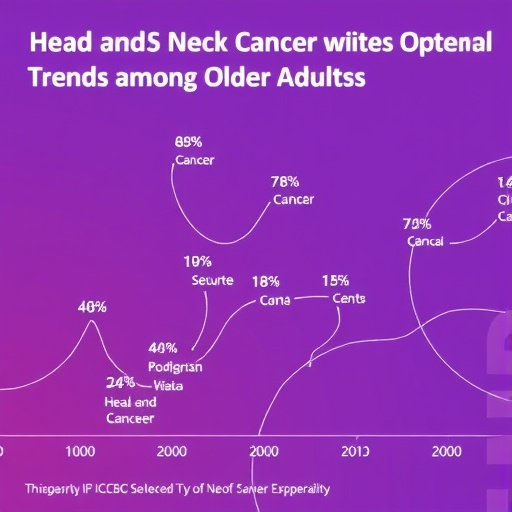But strategy may not deter smokers who are most addicted to nicotine

Credit: RAND Corp.
Placing graphic anti-smoking warning labels on cigarette packages may deter some adults from purchasing tobacco products, but the strategy is unlikely to influence those smokers who are most addicted to nicotine, according to a new RAND Corporation study.
Conducted in a one-of-a-kind laboratory that replicates a convenience store, the study found that the effects of graphic health warning labels on adult smokers’ purchase of cigarettes depends on their level of nicotine dependence. Such labels typically include an image of a tobacco-caused illness such as oral cancer in gruesome detail, and words warning about the health consequences of smoking.
Smokers with lower nicotine dependence were less likely to purchase cigarettes when graphic health warnings were present, while the graphic labels had no effect on smokers with a heavy nicotine dependence. The findings are published in the journal Health Education Research.
“By reducing the likelihood of cigarette purchases at convenience stores among less-addicted smokers, graphic health warning labels could contribute to a range of public health benefits,” said William G. Shadel, lead author of the study and a senior behavioral scientist at RAND, a nonprofit research organization. “But the graphic warning labels probably are not going to change the cigarette purchasing habits of people who are more thoroughly addicted to the nicotine in cigarettes.”
More than 100 countries have regulations mandating that some type of graphic health warning labels on cigarette packages. Graphic health warning labels were scheduled to be introduced on cigarette packages in the U.S. in 2012, but have been delayed by legal actions. The U.S. Food and Drug Administration is expected to propose final recommendations for graphic health warnings by March 2020.
For the RAND study, about 300 adult smokers visited the RAND StoreLab — a replica of a convenience store — and purchased up to $15 worth of items. Almost all participants had said they regularly purchased tobacco at convenience stores.
Half of the adults shopped in the convenience store lab under conditions where cigarette packages on display clearly showed a graphic health warning label. These graphic health warnings included packages displaying words that said “Cigarettes cause strokes and heart disease” with an unpleasant image of a person using a non-rebreather mask and words that said “Cigarettes cause fatal lung disease” along with detailed images of a diseased lung.
The other half of adult visitors to the convenience store lab shopped under conditions where the cigarette packages on display showed typical words-only warnings like “Smoking causes lung cancer, heart disease, emphysema, and may complicate pregnancy” and “Cigarette smoke contains carbon monoxide.”
People who reported less addiction to nicotine were much less likely to purchase cigarettes during their visit when the cigarette displays included graphic health warning labels, as compared to when cigarettes had typical “words only” warnings on the packaging.
Among participants reporting a high-level of nicotine addiction, cigarettes were purchased at close to the same rate as when graphic warning labels were displayed on packages.
“Less-dependent smokers, who often are light or intermittent smokers, are a large and growing segment of tobacco users,” Shadel said. “The graphic warning labels may by one way to prevent this group, which includes a lot of younger people, from becoming long-term users of cigarettes.”
###
The RAND StoreLab is a 1,500-square-foot replica of a convenience store and stocks more than 650 items. The federally supported laboratory is used to conduct experiments about how different types of tobacco displays may influence consumer behavior.
Support for the study was provided by the National Cancer Institute. Other authors of the study are Steven C. Martino, Claude M. Setodji and Michael Dunbar of RAND, Deborah Scharf of Lakehead University and Kasey G. Creswell of Carnegie Mellon University.
The RAND Social and Economic Well-Being division seeks to actively improve the health, social and economic well-being of populations and communities throughout the world.
Media Contact
Warren Robak
[email protected]




